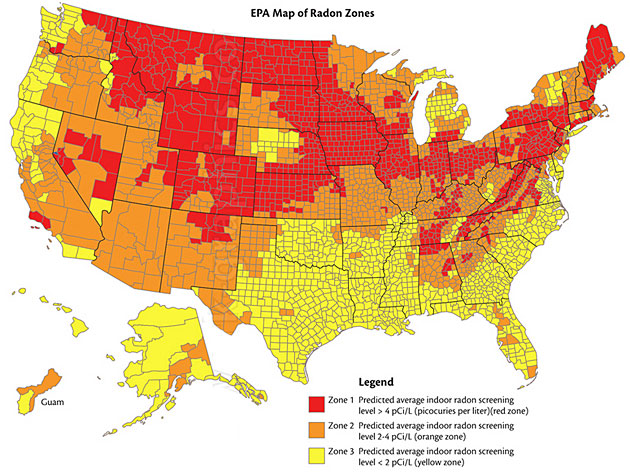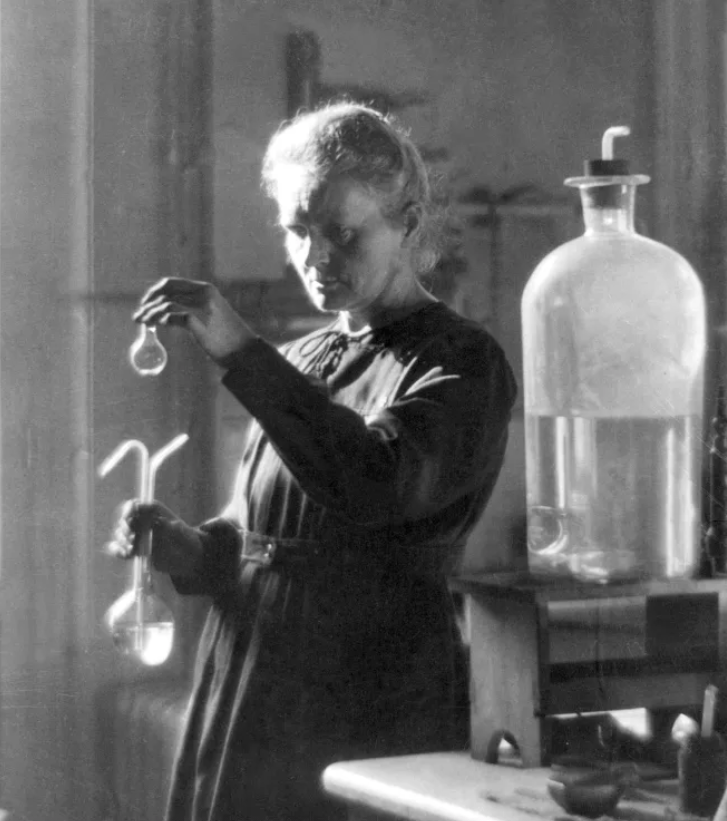US EPA
Is radon really bad for you?
Breathing radon over time increases your risk of lung cancer. Radon is the second leading cause of lung cancer in the United States. Nationally, the EPA estimates that about 21,000 people die each year from radon-related lung cancer. Only smoking causes more lung cancer deaths.
Interior radon can be mitigated by securing cellar foundations, water drain, or by sub-slab, or sub-membrane depressurization. In most cases, mitigators can use PVC piping and specialized radon suction fans to exhaust sub-slab, or sub-membrane radon and also other soil gases to the outside ambience. Most of these remedies for radon reduction require upkeep, and also it is important to continuously replace any kind of followers or filters as needed to continue correct performance. A radon degree of 4.0 pCi/L is still a health and wellness threat, which is why it's important to have specialist radon reduction. Professional mitigation can typically decrease radon levels to 0.4 pCi/L.
The EPA establishes the level of harmful radon gas exposure at or above 4 pCi/L. It's suggested that you undergo reduction efforts to reduce direct exposure if your house has radon gas levels surpassing this activity level. You'll most definitely require reduction and might need a lot more extensive improvements to secure off the resource of the gas if screening exposes a much higher level.
Is radon mitigation really necessary?

When radon gas enters the body, it exposes the lungs to small amounts of radiation. In small quantities, experts say this is harmless. However, in persistent exposures or larger quantities, radon can damage the cells of the lining of the lungs, increasing a person's chance of developing lung cancer.
The United States EPA has actually placed it clearly, stating, "Any type of radon exposure has some threat of causing lung cancer cells. Radon gas is a naturally-occurring byproduct of the radioactive degeneration of Uranium in the soil. Relying on your geographical location, the radon degrees of the air you breathe beyond your residence may be as high as 0.75 pCi/L.

- Lung cancer cells risk increases 16% per 2.7 pCi/L boost in radon direct exposure.
- Radon gas is a naturally-occurring result of the radioactive degeneration of Uranium in the soil.
- Depending upon your geographic place, the radon degrees of the air you breathe outside of your residence may be as high as 0.75 pCi/L.
- The national standard of outdoors radon degrees is 0.4 pCi/L as well as it is estimated by the National Academy of Sciences that outdoor radon degrees trigger roughly 800 of the 21,000 radon caused lung cancer cells fatalities in the United States annually.
- The US EPA has put it clearly, specifying, "Any type of radon direct exposure has some danger of triggering lung cancer.
How do you eliminate radon?
Possible symptoms include shortness of breath (difficulty breathing), a new or worsening cough, pain or tightness in the chest, hoarseness, or trouble swallowing. If you smoke and you know you've been exposed to high levels of radon, it's very important to quit smoking.
Individuals that smoke or made use of to smoke have an also greater opportunity of creating lung cancer cells if they are subjected to radon. You may only consider what you're exposed to outdoors when you think about air pollution. Yet indoor air top quality in your house issues, as well, and it can be majorly influenced by the visibility of a contaminated gas called radon. This gas can build up to unsafe levels as well as boost your danger for establishing lung cancer cells-- also if you don't smoke, according https://radon1.com/how-does-radon-enter-your-home/ to the American Lung Association.
Radon-222 has been categorized by International Company for Study on Cancer cells as being carcinogenic to human beings. There suffices evidence for the carcinogenicity of radon and its decay items in human beings for such exposures. He was informed that staying in the house was the matching of cigarette smoking 135 packs of cigarettes a day, as well as he and his family had boosted their danger of establishing lung cancer cells by 13 or 14 percent.
How long does it take for radon to cause cancer?
Fact: You will reduce your risk of lung cancer when you reduce radon levels, even if you've lived with an elevated radon level for a long time. Keep in mind that radon levels below 4 pCi/L still pose some risk and that radon levels can be reduced to 2 pCi/L or below in most homes.